Ali Smith thanks: my friend Kathleen Bryson who, several years ago, looked at me in wide eyed amazement when I said Id never read anything by Tove Jansson, immediately took me downstairs to the childrens department in a bookshop on Charing Cross Road, bought me Moominsummer Madness, told me about The Summer Book (which had been out of print for decades and proved very hard to find) and also about a beautiful novel Jansson wrote about two women artists who live and work together, which shed read in its original Swedish some years before.
Sort of Books thanks: Sophia Jansson, Helen Svensson of Schildts, Ali Smith, Kathleen Bryson and Thomas Teal; Peter Dyer, Henry Iles, Miranda Davies and Tim Chester for production; and Holly Marriott and Jason Craig at Penguin.
FILI (Finnish Literature Information Centre) has supported the translation of this book.
Labora et amare. Work and love: the motto Tove Jansson worked into her own personal bookplate design in the 1940s when she was starting out, a young artist. Fifty years later, internationally famous as one of the worlds most enduringly imaginative and inspiring writers and illustrators, she still felt much the same. As she told an interviewer in 1994, the most important thing for me has been work. And then love.
The publication of Fair Play in its first ever English translation is a notable event and really cause for a celebration. Its the first of Janssons novels for adults to be translated into English for over thirty years. Jansson published Rent Spel (its original Swedish title) in 1989, when she was herself in her mid-seventies (she died in 2001, aged 86). It was the ninth of her eleven books written specifically for adults, of which, until now, only three have reached full English publication, most celebratedly her rich minimalist masterpiece The Summer Book (1972) a story, in typical Jansson mould, about nothing much and yet about everything about a child and an old woman who spend a long, light summer together on a tiny island off the coast of Finland.

Tove Janssons artwork for the original publication of
Rent spel (
Fair Play), 1989
Jansson has always been rightly feted for being the brilliant childrens author she is. Her tales of the Finn Family Moomintroll and their extended alternative family, which cared for everyone and everything from a tiny anarchist to a hulking great Scandinavian melancholic monster, and survived by inventiveness all sorts of catastrophes and existentialities, made her justly internationally famous. But it is only now that were getting the chance to see how very fine her fiction for adults is, too. It shares the clarity, the beneficence, the imagination and the survivalist calm that made her writing for children unique. It also displays her particular versatility, which means a text by Jansson, whether meant for children or adults, can be read with great pleasure and satisfaction by pretty much anybody of any age.
But in her writing for adults Jansson was also, in her own quiet way, quite radical both with form and subject matter. Her preferred shape is an open form, in a language so tightly edited that its clarity makes for mysterious transparency. Her epics are almost transgressively, certainly anarchically, small and unexpected, and her books deal on the whole with people not usually included or given that much space in what we might call the extended family of literature.
On the backs of the Penguin Puffin copies of the Moomin tales, Janssons biography used to say she lived and worked alone on an island; actually she lived, both on her island and in Helsinki, alongside her lifelong partner and travelling companion, the graphic artist, Tuulikki Pietil. The women spent over 40 years together, working and travelling. We always took our sketch books with us wherever we went, Pietil wrote later, in a beautiful piece called Travels with Tove, where she remembers, among other things, how on one trip Jansson jumped, full of typical enthusiasm, into the Atlantic in January for a bathe (and contracted her usual bronchitis afterwards), how they liked to avoid stuffy first class and would always sneak off to second class, where things were much more fun, how they shared a lot of unlikely adventures, once ending up bunking in a kind of youth hostel in Edinburgh even though they were quite old ladies by then but we looked young, as she says and how they always made sure, wherever they were in the world, that they had enough money for cigarettes, and film for Pietils Konica camera. Tove was always my best subject.
So what can happen when Tove Jansson turns her attention to her own favourite subjects, love and work, in the form of this novel about two women, lifelong partners and friends? Expect something philosophically calm and something discreetly radical. At first sight it looks autobiographical. Like everything Jansson wrote, its much more than it seems.
Is it a novel? Is it stories? Its both; it breaks the boundaries of both forms, in a series of linked vignettes about two women who live and work side by side in an equilibrium thats at once slight and revolutionary. They lived at opposite ends of a large apartment building. Mari is a writer and illustrator. Jonna is a filmmaker and artist. Once again, not that much seems to happen. Mari and Jonna work a lot, watch films together, make films together, spend time on an island, travel the world, relive their youth, argue about their parents, go sailing, get caught in fog. Their stories dovetail and intertwine. They know each others sleeping habits. They know each others living and working habits. They honour these habits. They know that things are often uncontrollable, out of their hands, even on the tiniest island. They fight. They get a bit jealous. Things and people come between them. When this happens, they sort it out. The aesthetic and creative urge compels them, always. They put off work. They get irascible. They refuse each other and irritate each other, and are kind and tough with each other, so that both love and work are revealed as made of the little refusals and agreements that happen mundanely in the course of a shared life.
A lot isnt said. Dont tell me things I already know, one says to the other, amiably. Theres a lot that doesnt need to be said out loud. Its a novel with a profound sense of discretion at its core. But the flip side of silence is voice, and the flip side of nothing much happening, as always with Jansson, is that absolutely everything is happening. Take the first page of the first, typically unassuming story, Changing Pictures, where Jonna rearranges the art on one of the walls of Maris apartment. This novel is about creativity from the very start about how you take a day, the same as all the other old one-after-the-other days, and make it really new and fresh, no matter what age you are, what life youre in. It features an immediate challenge to vision it is very much about how to shake off old ways of seeing, how to see things differently, get rid of whats hopelessly conventional and replace it with something more hopeful. It is also a story full of the unselfish admiration of another, from the word go. Jonna is blithely uncompromising (as Mari will be, in other chapters), and in her art, or in her editing of Maris living space, she makes something come alive with a completely new significance almost provocative.
The book opens, then, on a simple little story about letting someone change things, which becomes a story about the editing process, or about how to make art and is for the length of the book a parable about how to renew mundane life. Its inference is also emotional. Look, heres a thing of mine and heres your drawing, and they clash. We need distance; its essential.


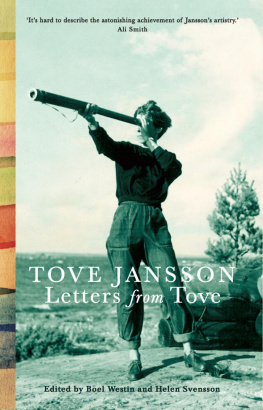
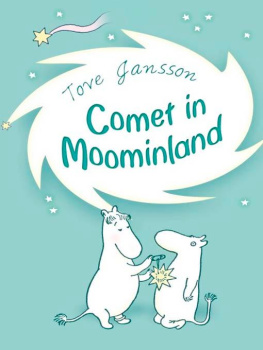
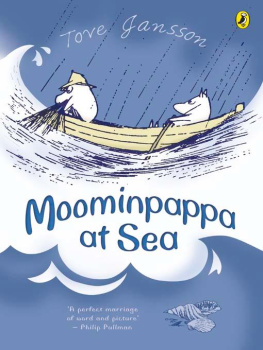
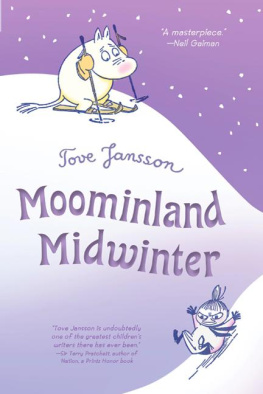
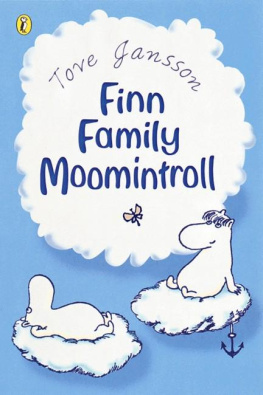
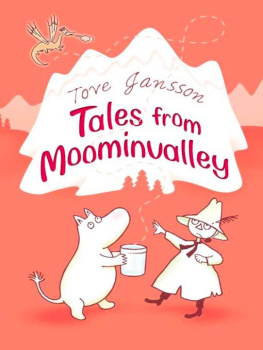
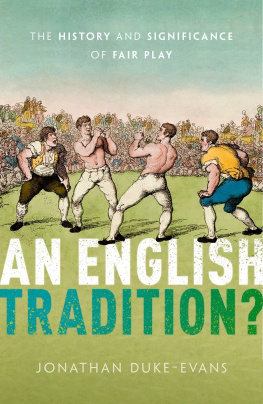
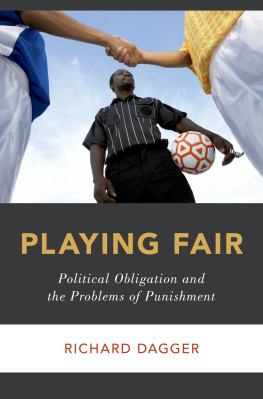
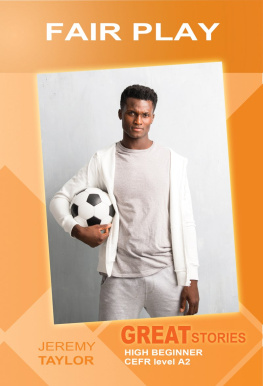
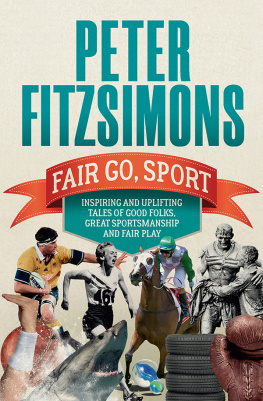
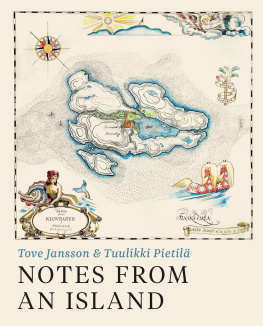

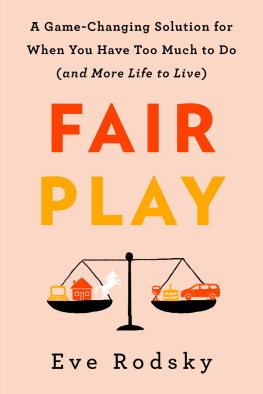

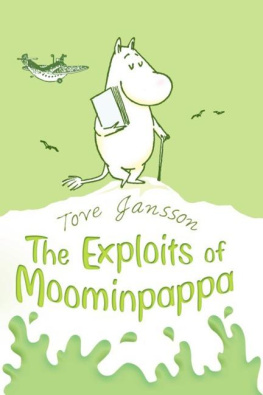
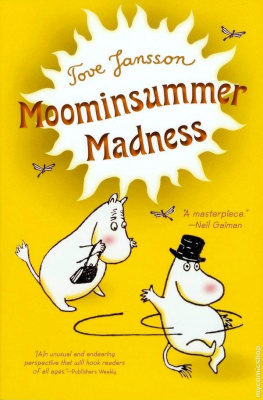
 Tove Janssons artwork for the original publication of Rent spel (Fair Play), 1989
Tove Janssons artwork for the original publication of Rent spel (Fair Play), 1989